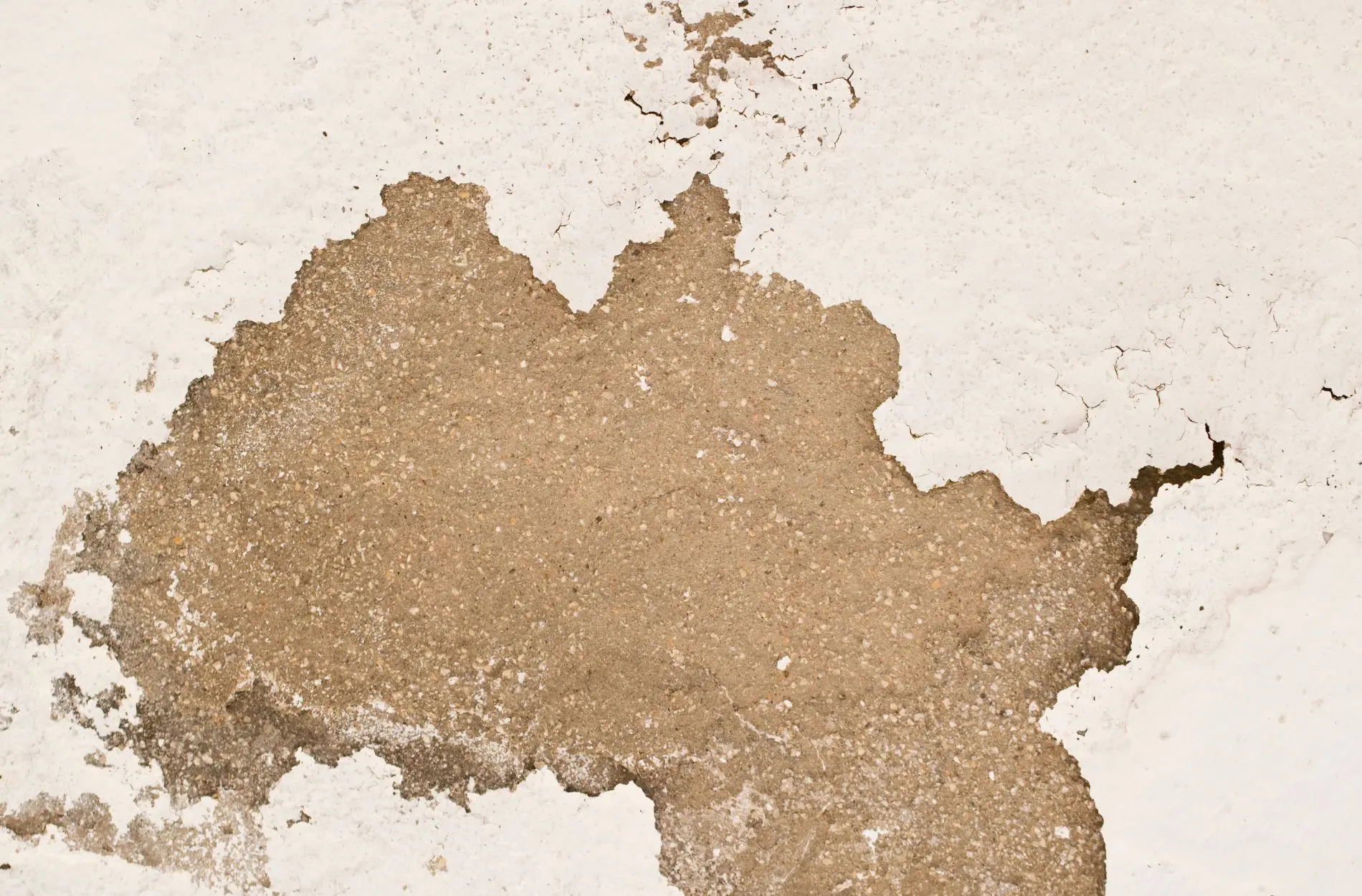Six Common Exterior Paint Removal Mistakes

Those who really cannot stand the idea of exterior home painting would probably say that the entire process from start to finish is a pain in the proverbial.
In reality however, they’re wrong. Personal opinions are one thing, but it is nonetheless an indisputable fact that the single most unpleasant step in the whole process is removing the previous coat (or coats) of paint.
Depending on the size of your home and its history of previous paint jobs, you could be looking at anything from an irritating afternoon to a week of hard labor. In any case, it’s fundamentally impossible to produce decent results with any paint job, without first sufficiently removing the existing paint.

Given that it is a job most people don’t tend to like, it’s hardly surprising that most DIY types simply dive into things headfirst without much forethought. Which is precisely where the biggest mistake of all comes into the equation – not thinking carefully about what you are doing and trying to rush it. If there’s one way of guaranteeing a rather unfortunate outcome, it’s this.
But on top of this, there are also various examples of the kinds of common mistakes that can not only make the process more difficult, but also make it downright dangerous. So if you are going ahead with your own DIY exterior paint removal project, be sure to avoid the following at all costs:
1. Excessive Heat
First of all, the amount of heat it is appropriate to apply will be determined by two things. Those being the existing paint and the material beneath. If the material beneath isn’t capable of coping with extreme temperatures, you run the risk of causing severe damage. If the paint itself contains lead or any other toxins, applying extreme heat can release them and send them straight into your lungs.
2. Aggressive Scraping
One of the easiest and most effective ways of getting rid of paint is to simply get busy with a quality scraper. However, this doesn’t mean approaching the job with unnecessary aggression, the likes of which could cause serious damage to the materials beneath. It’s largely inevitable that you are going to need to use a scraper at some point, but this doesn’t mean you have to get carried away with the vicious hacking!
3. Not Using PPE
Under no circumstances should you ever go about exterior paint removal, without using the necessary personal protective equipment. The simple fact of the matter is that you only need to get a small amount of something toxic in your eyes, down your throat or under your skin to do a serious number on your health. It’s not like this kind of stuff is expensive and nor does it get in the way. As such, there’s really no excuse for not using quality PPE from start to finish.
4. The Wrong Sandpaper
Using the wrong sandpaper can breed one of two outcomes. If the grain is too fine, it simply won’t work or will make the job so much more difficult than it needs to be. If the grain is too coarse, it could damage the materials beneath the paint. So rather than simply choosing sandpaper at random, know what you need and use it.
5. Mixing Chemicals
One of the worst mistakes anyone can make around the home in general is mixing any quantities of any two chemicals together. This is the perfect recipe for releasing the kinds of toxic vapors and gases that could prove anything from dangerous to deadly. Even if the two chemicals in question are familiar to you and safe on their own, this does not mean they will not react catastrophically when combined.
6. Not Asking the Experts
Last but not least, given the fact that exterior paint removal can be a time-consuming, difficult and perhaps even dangerous job, it’s always worth speaking to the professionals before you go ahead. The reason being that not only could a team of pros get the job done faster, better and more safely than you, but the fact that you won’t need to buy any equipment means that you could even save money in the process.
And given the fact that quotations are available 100% free of charge, there’s really no harm in finding out!










